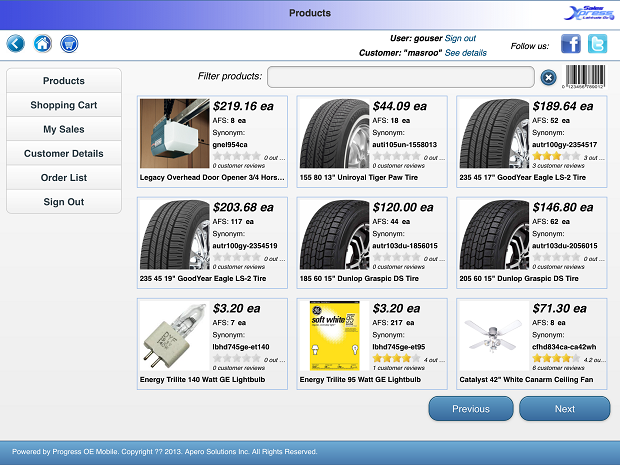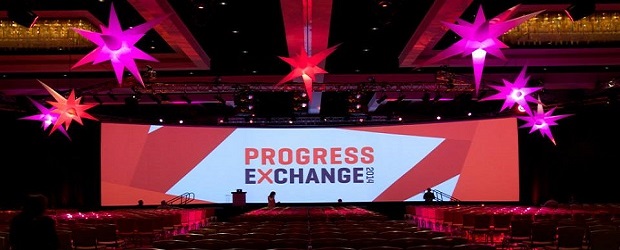It’s a hard job for any company to rip out its legacy tech systems and replace them with something new. But for Apero Solutions Inc., that was their strategy – making an upfront sacrifice with the hope of future gains.
Headquartered in Edmonton, Apero was spun out of another company, Sentai Software, about three years ago. The company provides an enterprise resource planning (ERP) application called Latitude, which serves medium and large warehouses, distributors, and sales departments that sell hard goods like power tools, electronics, hydraulics, and so on.

Apero Solutions Inc.’s Latitude ERP application. (Image: Apero).
Under Sentai Software, its old system was built on older types of coding, and Apero needed to make a change. So when it came to building a new system, Apero wanted to ensure that whatever it built could be constantly refreshed and updated, says Sophy Nathanail, Apero’s CEO.
“We have a huge customer base that was using legacy code. Our goal, our mandate as a company, was to continue to support them. But at the same time, we knew as a company ourselves, to grow, we had to modernize,” she says. “Essentially, taking the legacy code, separating the business logic … it was a huge investment, and we had to really leverage that. But at the same time, we created new rich user interfaces.”
Nathanail was speaking from Progress Exchange, a partner conference held this week by Progress Software Corp. – the company that Apero ultimately chose for its development platform.
What attracted Apero to Progress was its OpenEdge platform. The platform uses a programming language called Advanced Business Language, which gave Apero’s programmers the power to quickly write code. They created a business layer that would never really need to be changed, and that could be reused over and over. However, sitting on top of that business layer are new user interfaces that can be continually swapped out for other versions, if Apero’s customers need them.
This is important, given most users today expect an easy, user-friendly experience when they use any kind of software, even ERP tools designed for business, Nathanail says. The problem is, designing an attractive user interface means a lot of work for a programmer, and a lot of time spent writing code.
“He would have to say, OK, place this field here, make them in blue, highlight this field, and this field can be updated. He has to write hundreds of lines of code to do that. And there’s a lot of screens in an ERP,” she says, adding screens may include screens for customers, suppliers, products, and so on.
“Rather than the programmer having to go code each of those screens separately, all this stuff that basically renders that grid, we took that and we made it a separate piece of code as part of the application framework. So when the programmer goes to program the customer screen, he says, OK, use the template for the grid and go to the database and call this particular service, and just display it all. What he would have had to write in hundreds of lines of code, he can write in 15 … It makes programmers much more efficient and they can spend time adding bells and whistles.”
The value of a quick coding experience became clear when Progress announced a mobile app competition at 2013’s Progress Exchange. Nathanail wanted to win the competition, so she sent two of Apero’s developers to Progress’ office in Boston to learn to quickly develop an app for salespeople who interact with customers and who want to show off their inventory in real time.

Apero Solutions Inc.’s Sales Xpress app. (Image: Apero).
The developers returned after two or three days with a working prototype, and they were able to develop the company’s Sales Xpress app out of it within four weeks. If they had built the app on their own, it would have taken months, Nathanail says. The company won second place for its app, which uses the same framework as Latitude.
Being able to quickly build anything is really key to any tech company that wants to succeed, Nathnail says. She adds she understands it takes a lot of time, money, and resources to invest in updating systems, but she feels it’s a necessary tradeoff.
“If you’re not looking forward, you may think that status quo is fine … But the reality is that, to grow, you can’t really sell the old legacy. People are looking for applications that are modern-looking,” she says. “You need to be modernizing. There’s other way to survive moving forward. You have to be adaptable.”





